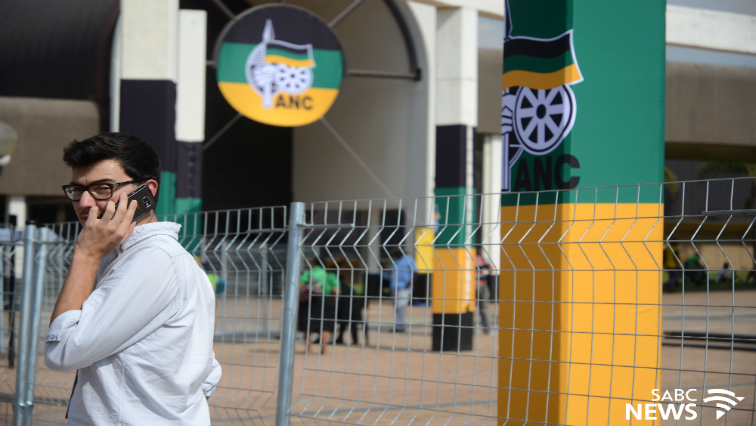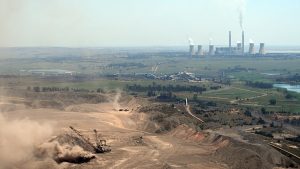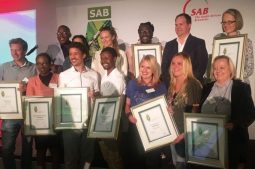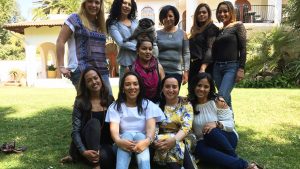The African National Congress’s National Conference has a rich history with its roots stemming in 1912. In March 1913, The South African Native National Convention (SANNC) who would later be renamed the ANC, met for its first inaugral annual conference with approximately 106 delegates. Fast forward to 2017, the ANC has a whopping 4776 voting delegates at its 54th National Conference currently underway at the Nasrec Expo Center in Johannesburg.
As South Africa’s landscape changed throughout the decades, so too did it effect the National Conference. On the 16th of December 1959, the ANC hosted its last National Conference before its banning. The 1960s was a dark and bloody time for South Africans. The decade started off with the intensification of the anti-pass campaign following the Sharpeville Massacre. In response banned parties, such as the ANC, were forced to set up shop underground. The National Conference closed its doors for 30 years.
See below for a timeline of ANC National Conference Highlights throughout the decades.
Only on the 6th of July in 1991 did the ANC meet again for its first National Conference, for the first time in 30 years. The conference elected Nelson Mandela as its President, Walter Sisulu as its Deputy President, Cyril Ramaphosa as its Secretary General and Thomas Nkobi as its Treasurer General. Linda van Tilburg, Veteran Political Journalist, attended this 48th National Conference in Durban for the SABC and this is the third National Conference overall. After its unbanning in the 1990s, the ANC decided to only host its National Conference every five years instead of annually.
Van Tilburg explains that the relationship between the media and the ANC delegates was very different. Journalists were not cordoned off behind metal fences and separated from the ANC as they are at the National Conference in 2017. This isn’t the first time the media were blocked off as a similar barricade was set up for the 2017 Policy Conference earlier in the year.
“I am really surprised to see the fences up to keep delegates away. We used to mingle between them and even had a couple of meals with them and that is what gave you real clarity of what was going on – but it was not the divided ANC that we have today so I do understand a little bit. I would personally not treat the media as an enemy like its been done now and I suspect depending on who the new president will be it might either open up or become worse.”
Van Tilburg says that journalists seen as the enemy or in a negative light is not an exclusive trend to South Africa.
“You see the issues of press freedom in America and even in London, who are known for their press freedom, you can feel a sense of a different attitude. If you look today at how many people are standing around with cameras, it’s probably also because of social media and how immediate content is generated. We had an 8 o clock bulletin, we were working towards that and it was much easier to cover events then. In the apartheid era journalists were obviously treated as an enemy but then there was the great opening up of press freedom and I find it a little bit sad that it is closed again.”

The problem, as van Tilburg explains is due to the rift within the ANC, with one camp bantering to the West, being more open to international investment and the other saying they want radical economic transformation with nationalizing land.
“I think it is such a watershed moment for the ANC and that is why they are so scared about things coming out and clearly in the various campaigns, the media has been used for people to get their views across – what they might not be able to say to each other – I just think it is such a different one and such an important one, whoever the leader will be, will determine South Africa’s future.”
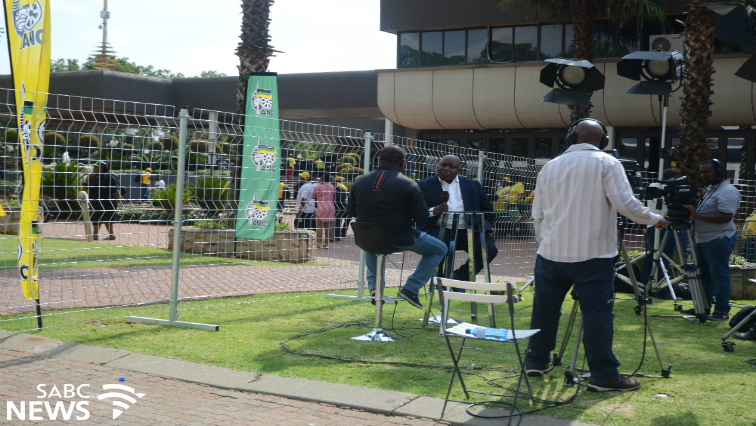
Van Tilburg, who works with international investors as a political risk analyst, explains a worrisome picture which South Africa paints to the international community.
“South Africa was always seen a little bit higher than the Latin American / South American countries and they are starting to see South Africa in that vain; the country is in trouble, it causes its own problems. So I believe that this conference will actually determine whether South Africa breaks out of that negative light and gets the special status that it has always had with regards to Europe and investors.”


